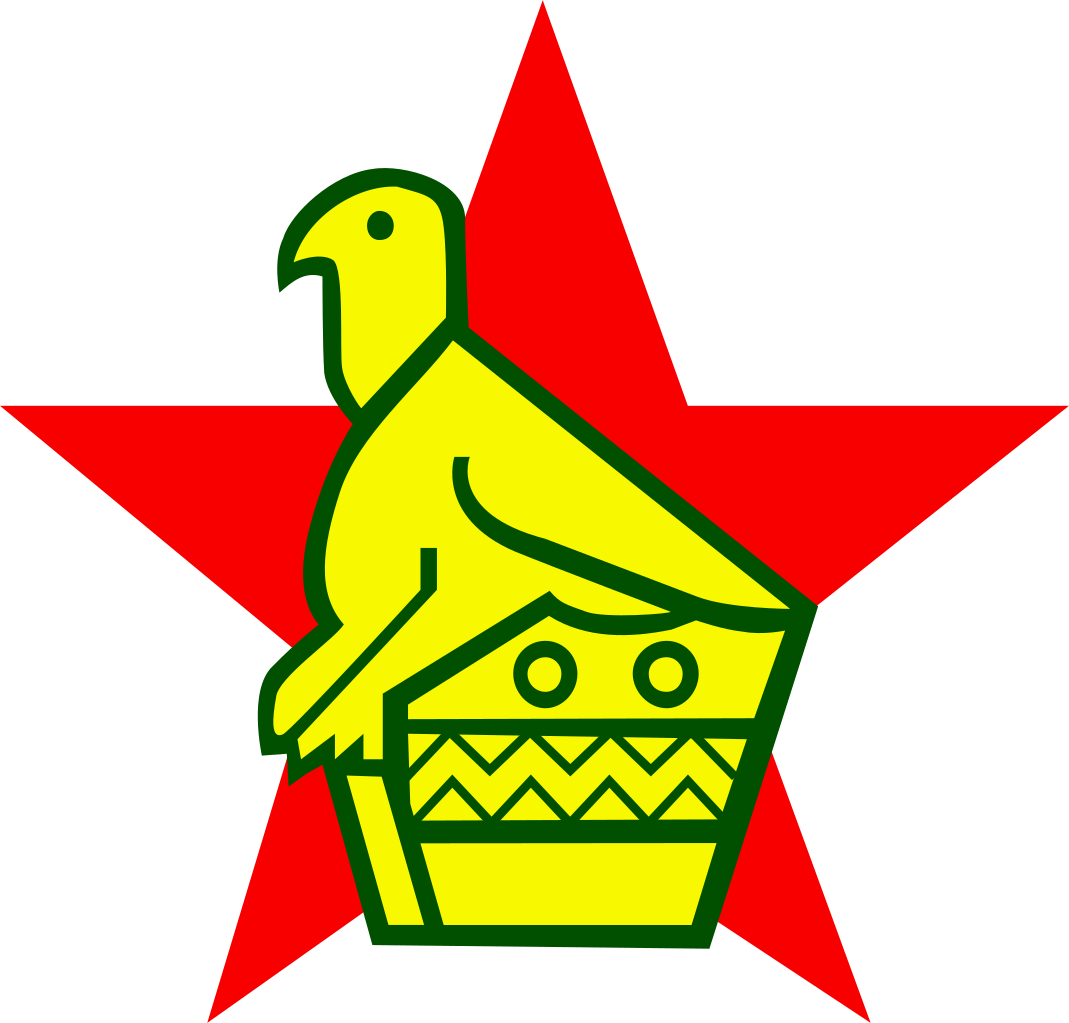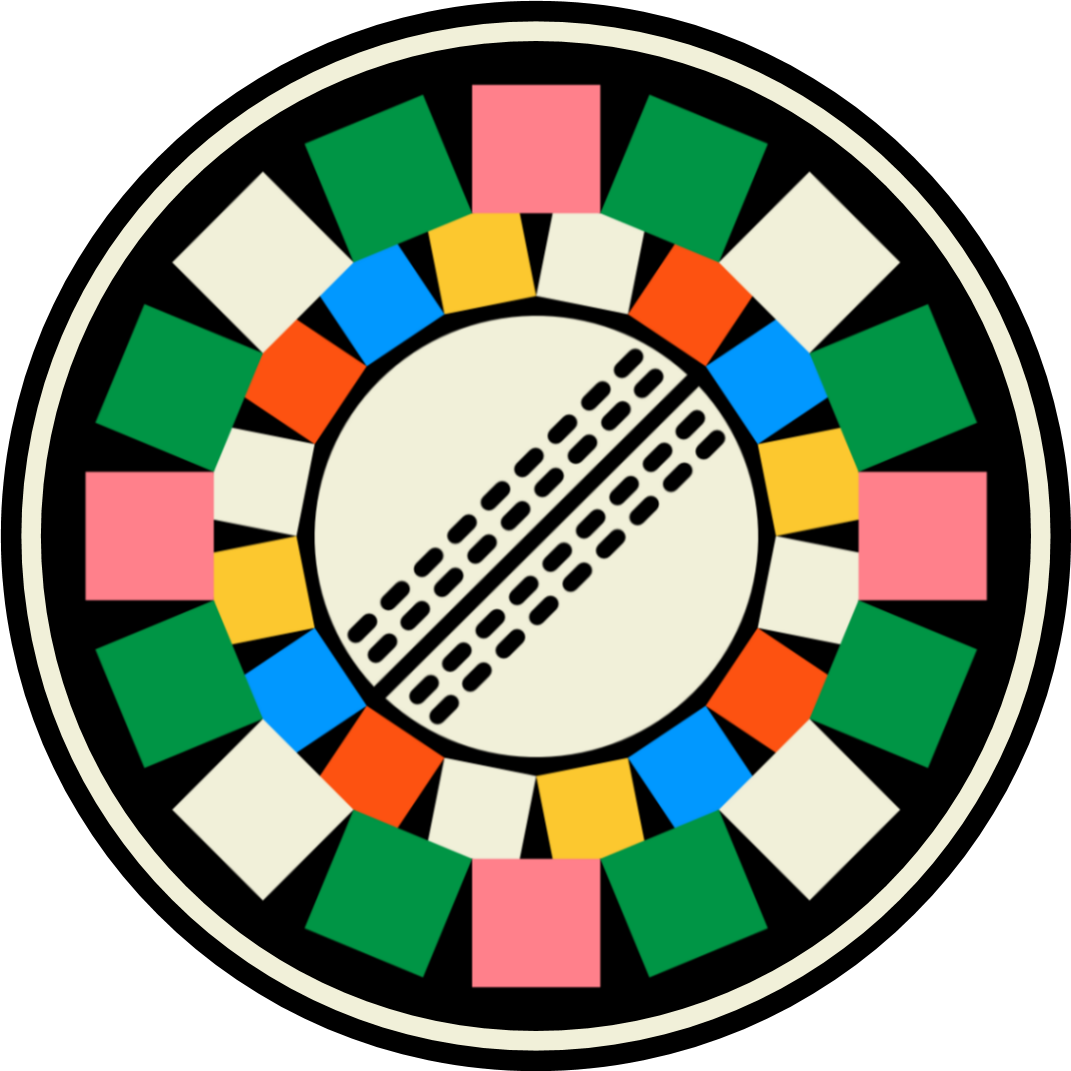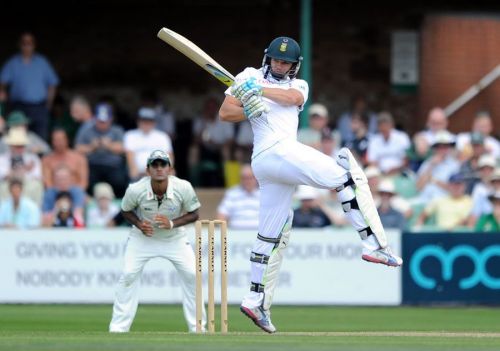
I was quite keen on going for a bowler this time, but then realized I’m still missing the one ingredient without which one cannot possibly hope to build a strong team i.e a solid opening combination at the top to provide the kind of starts that will allow the attacking batsmen coming afterwards to play with complete freedom. I already have Wight who will do everything in his power to stay rooted at the crease for long periods, and now I reckon I have just the perfect man to complement him at the top - Ken Meuleman, who played just 1 Test for Australia against New Zealand in 1945/46 recording a duck in a match that was retrospectively granted Test status.
Meuleman began his first-class career on a high in the 1945/46 season, the first since cricket’s resumption following the Second World War where he scored 455 runs at an average of 65.00 with a highest of 150 against South Australia - a team he would go on to take a real liking to throughout his career putting up some of his biggest scores against them. Aged only 22 at the time, he looked one of Australia’s brightest prospects with the bat and was duly selected for their tour of New Zealand, where he lit up the tour matches with a few attractive half-centuries to cement his place for the only Test match (though no one knew it at the time) against the hosts. But things didn’t go quite according to plan as we all know.
He also didn’t help his case by performing quite poorly in the season afterwards with just 254 runs at 28.22 in the 1946/47 season, which was crucial in terms of determining the post-war opening combo of the Australian team. Arthur Morris and Sid Barnes would go on to claim those two berths by piling up a mountain of runs in the 1946/47 Ashes, and with prolific pre-war opener Bill Brown on standby his chances of breaking into the XI appeared quite bleak at best. Despite a far better display in 1947/48 where he scored 711 runs at 54.69 in the process finishing ahead of Test opener Barnes (516 runs at 51.60) on the season run charts and recorded a maiden double century against Tasmania, it was the latter who retained Don Bradman’s confidence and found himself selected for the 1948 tour of England.
He was nevertheless picked by Don Bradman himself in 1948/49 for the latter’s XI to face that of Lindsay Hassett’s upon the return of the ‘Invincibles’ following their unbeaten 1948 tour of England, Bradman’s last as a Test cricketer. In a match of unprecedentedly thrilling proportions (it was a tie), he scored a very impressive hundred in a partnership of 122 with the man himself who scored what turned out to be his final century in all first-class cricket. This performance came against what was arguably the strongest bowling attack in world cricket at the time consisting of Ray Lindwall, Bill Johnston, Ian Johnson and Colin McCool, which save for the notable absence of Keith Miller (playing for Bradman’s XI) was pretty much the Invincibles full strength bowling lineup - one that had helped them batter England 4-0 in the Ashes.
Sid Barnes’ shock retirement from Test cricket along with that of Bill Brown at the end of the 1948/49 season opened up a spot for an opener in the Australian Test team who had their next Test assignment in South Africa in 1949/50. But Meuleman’s unspectacular return of 298 runs at 33.11 for the ‘48/49 season saw them opt for Jack Moroney instead to partner Morris following a spectacular return of 897 runs at 81.54, with Ken Archer (552 runs at 42.46) as a backup. One could understand Moroney’s selection, but that of Archer ahead of Meuleman was particularly disappointing given the former’s mediocre first-class record that saw him record just 3 centuries and average a disappointing 29.95 from 82 matches. Meuleman played only one more season for Victoria in 1950/51 scoring 452 runs at 32.28 before permanently moving to Western Australia, where he would give up the opening position and instead bat in the top/middle-order. For reasons unknown, he missed the 1951/52 and 1953/54 seasons, thereby effectively ending his chances of a recall to the Test side as his 30s approached.
It was however in his early to mid 30s and as a middle-order batsman in Western Australia’s lineup that he would finally fulfill his potential as a batsman - from 1956/57 onwards until his retirement in 1960/61 he would aggregate a stunning 2591 runs at 63.20 with 9 centuries and 9 fifties, including a career best score of 234* against his favourite opponents in South Australia in 1956/57, against whom he would also score an unbeaten 180 two years later in 1958/59. By this time however, his chances of a recall as a middle-order batsman were basically nil with Neil Harvey, Norm O’Neill, Peter Burge and Bob Simpson (before he became a Test opener) also competing for the same position. He had no choice but to content himself with just the one Test cap he earned way back in 1945/46, and would finish with a Test average of zero. His overall first-class record of 7855 runs at an average of 47.60 with 22 centuries and 41 fifties from 117 matches overall provide a far better reading. Among other things, he also played an instrumental role as a coach following his retirement and aided Justin Langer in fulfilling the dreams he was never able to as an all-time great Test opener.
VC’s XI
1)
2)
3)
4)
5)
6)
7)
8)
9)
10)
11)
I’ll slot Meuleman as my second opener for now, although I may be tempted to use him in the middle-order if I am unable to find a better batsman for those positions. Also, not to be cocky but I think I deserve a pat on the back for this profile of Meuleman’s which I had to do basically from scratch. There’s barely a thing on the guy on either Cricinfo or Wikipedia, trust me I’ve looked! And I also currently don’t have a CricketArchive subscription either.
@El Loco






















